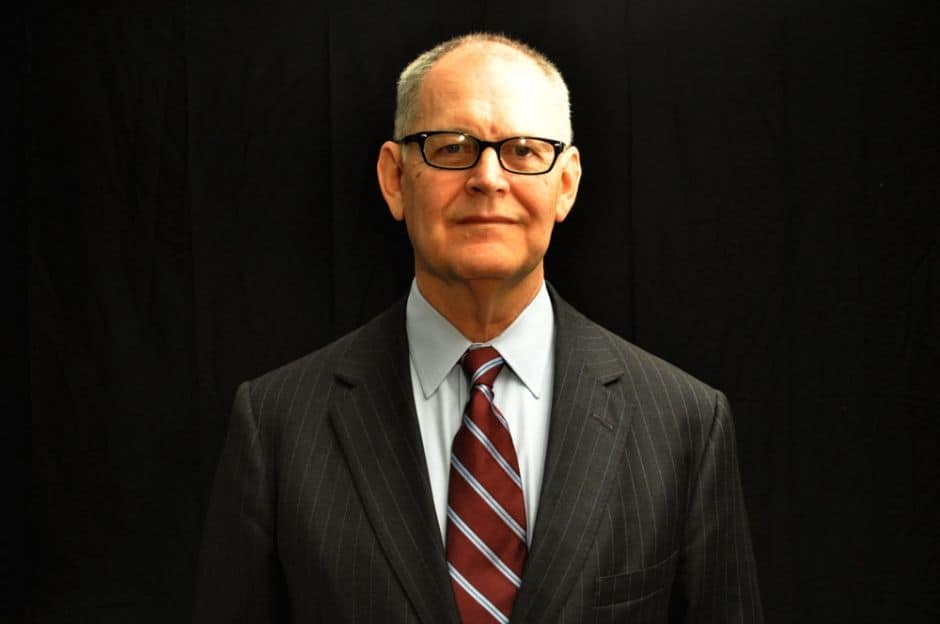Introduction

Yesterday marked the fourth anniversary of Obamacare, but it marked the seventh anniversary of opposition to the concept underlying health care reform.
At least two years before the first words of legislation were written, and three years before the Affordable Care Act was signed into law, the entrenched health care interests were hard at work creating their strategies to ensure as much as possible that whatever passed would not have an adverse effect on profits.
The overall plan included a broad range of initiatives to plant fear, uncertainty and doubt about reform ideas in the minds of elected officials and ordinary Americans. For instance, the special interests collaborated under the auspices of organizations like the Healthcare Leadership Council, a coalition that encompasses executives from insurance companies, drug and medical device makers, biotech firms and hospitals. I know because I participated in many meetings of the HLC during my years as an insurance industry executive.
The campaign of fear, uncertainty and doubt — or FUD, to use its acronym — continues to this day against the law, and it will be waged in coming months by cynical politicians who believe it will be the surest way to win votes in November. I’m already seeing the outlines of the latest iteration of the campaign taking shape.
But let’s first go back to the spring of 2007. Both health insurance premiums and the number of uninsured Americans were continuing to skyrocket. Polls were showing that voters were fed up with our money-driven health care system, and that was emboldening the Democratic presidential candidates to include reform proposals in their policy platforms.
At an industry briefing I attended in May of 2007, Bill McInturff of Public Opinion Strategies, which has been conducting opinion and message research for health insurers since the early 1990s, made crystal clear the point that Americans were losing confidence in the private health insurance market.
As I described in my book, Deadly Spin, McInturff’s first slide showed that there had been a significant recent shift in opinion and that a majority of people were now telling his pollsters that the government should do more to solve the many problems plaguing America’s health care system.
Those of us in the room who were members of the industry’s Strategic Communications Committee could see we had our work cut out for us. We knew we would have to scare people away from the notion that more government involvement would be beneficial.
Also at that meeting were representatives of the industry’s big trade group, America’s Health Insurance Plans, and one of its PR firms, APCO Worldwide. The AHIP and APCO staffers briefed us on the tactics they were recommending, which included using a front group, initially funded by the pharmaceutical industry and called Health Care America, to begin the scare campaign. Such a campaign wouldn’t be effective if the public knew that drug makers and insurance companies were actually conducting it, so steps would need to be taken to make the media and public believe that Health Care America was really a grassroots organization.
One of the first targets of Health Care America was Michael Moore, whose movie SiCKO was about to have its U.S. premier. The objective of Health Care America’s attacks on Moore and SiCKO was to frighten people into believing that quality of care would suffer if we allowed the government to “take over” the health system.
Immediately after the first American screening of SiCKO in Sacramento, many reporters got this in their inbox:
“Health Care America, a non-partisan, non-profit health care advocacy organization, released the following statement in response to a California rally held by Michael Moore and a variety of advocates in support of a government takeover of our health care system: The reality is that government-run health systems around the world are failing patients — forcing them to forgo treatments or seek out-of-pocket care in other countries.”
Fast forward to the spring of 2009. Before Democratic congressional leaders had written any reform legislation, political consultant Frank Luntz suggested in a memo to Republican leaders that they should characterize anything the Democrats proposed as a “government takeover.”
“Nothing else turns people against the government takeover of healthcare more than the realistic expectation that it will result in delayed and potentially even denied treatment, procedures and/or medications,” Luntz wrote.
The industry’s years-long FUD campaign clearly has scared millions of Americans into believing — erroneously — that Obamacare represents a government takeover.
This past week, we got a glimpse into how the insurance industry and its political allies will give the “government takeover” campaign a new spin: Obamacare will cause insurance premiums to double in 2015.
Citing “one senior insurance executive who requested anonymity,” The Hill, an inside-the-Beltway publication, predicted last week that “Obamacare-related premiums will double in some parts of the country.”
There is absolutely no reason to believe this will happen — and good reasons why it won’t, which I’ll explain next week — but facts have little place in most political campaigns. Rest assured, the specter of skyrocketing premiums will be part of a carefully crafted and executed campaign designed to create fear, uncertainty and doubt in the minds of voters next November. Some things never change.
Read more in Health
Wendell Potter commentary
What’s the point, WellPoint?
Commentary: insurer’s tactics seem counterproductive, just as they were four years ago
Wendell Potter commentary
GOP opposition to Obamacare baffles Dr. Sullivan
Commentary: former HHS secretary says Affordable Care Act resembles plan crafted by Republicans in early 1990s

Join the conversation
Show Comments